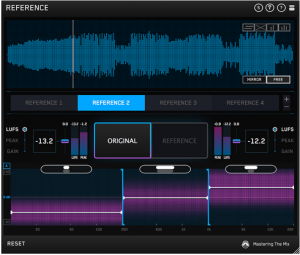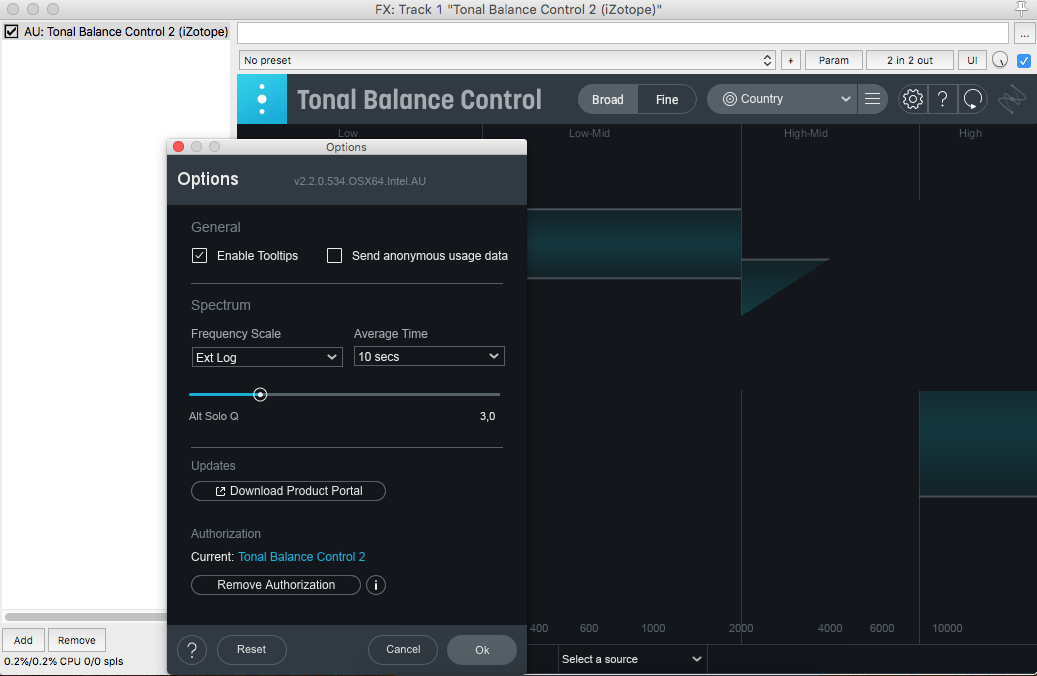


The Supervisor Cluster and Load Balancer are “dual homed”. This will give you an idea of how many IP addresses to request for your evaluation. Let’s look at the bare minimum requirements. If you are just installing this to “try it out” and have limited subnet resources, the Management network could be very small (see below), and your Workload Network could be as small as a /28. The size of each subnet is dependent on your configuration needs. The Frontend configuration would be used in a production environment to isolate the nodes of your clusters from the network used by developers to access the cluster. This guide purposely did not include that configuration in the goal of making this as simple as possible. Note: In the documentation you will see mention of a “frontend network” configuration. “Simplified” vSphere with Tanzu Network Topology We highly recommend using VLANs to isolate the Management and Workload Networks. Note: The Management and Workload Networks cannot be on the same subnet. If these subnets are on separate VLANs then you will need to configure the portgroups accordingly. In production the HAProxy management IP needs only to be routable to the Supervisor Cluster management IP's.Īs you will see, these two subnets are going to be configured on separate portgroups. This is not a best practice and is only done to simplify the installation and configuration of vSphere with Tanzu in a PoC mode. Note: in this example the management IP of the HAProxy appliance is on the same network as the management network of vCenter and ESXi. This is where your virtual IP’s and TKG clusters will live. The other subnet will be used for Workload Networking. This is where vCenter, ESXi, the Supervisor Cluster and the Load Balancer will live. One subnet will be for Management Networking. You will need two separate, routable subnets configured. To make networking as easy as possible we recommend the following setup for your PoC environment.


If you are not comfortable with that, then we highly encourage you to take a lab at VMware’s Hands-On Labs.
#SETUP TONAL BALANCE CONTROL V1.0.1 HOW TO#
This document assumes you know how to install and configure ESXi and VCSA, enable DRS and HA and configure networking and shared storage. This configuration is purely for “kicking the tires” or creating a Proof of Concept (PoC) of vSphere with Tanzu. Note: This is NOT a replacement for the documentation, nor should this configuration be used in a production environment. With that in mind and to ensure you can get vSphere with Tanzu up and running as quickly as possible on an evaluation basis, we have limited the networking scope of this guide to using one subnet for workloads and virtual IP’s (VIP) and one subnet for vSphere management components (vCenter, ESXi). Because so many customer’s configurations are unique it’s very difficult to test every configuration. Setting up and installing vSphere with Tanzu, regardless of using NSX or vSphere Distributed Switch requires custom networking configuration depending on your environment. You can also do everything in this document within your standard VMware evaluation licensing window. You can create this environment on physical hardware or via nested virtual machines. The guiding principle of this document is to get to a working evaluation of vSphere with Tanzu.


 0 kommentar(er)
0 kommentar(er)
